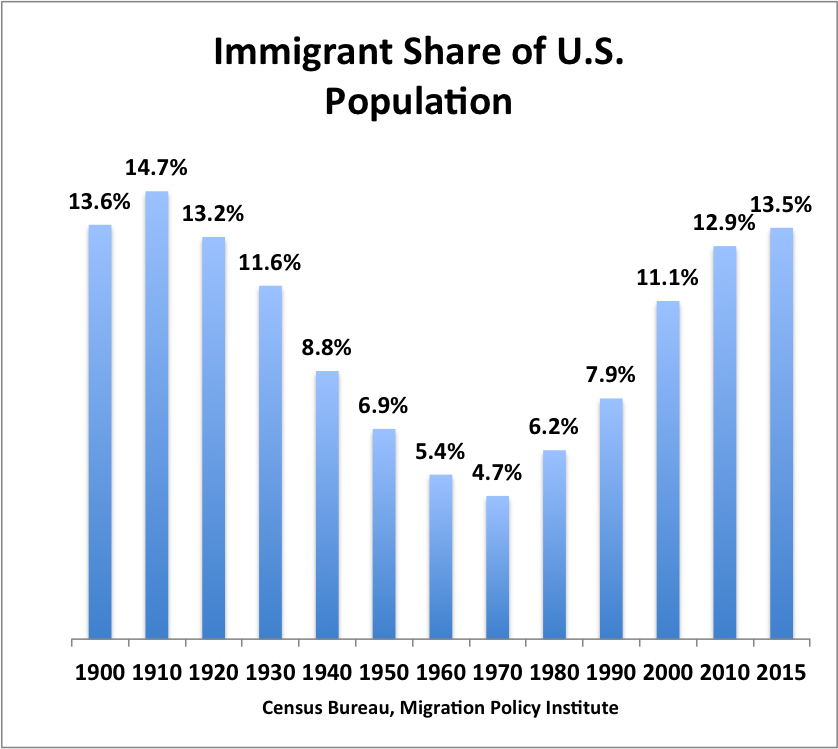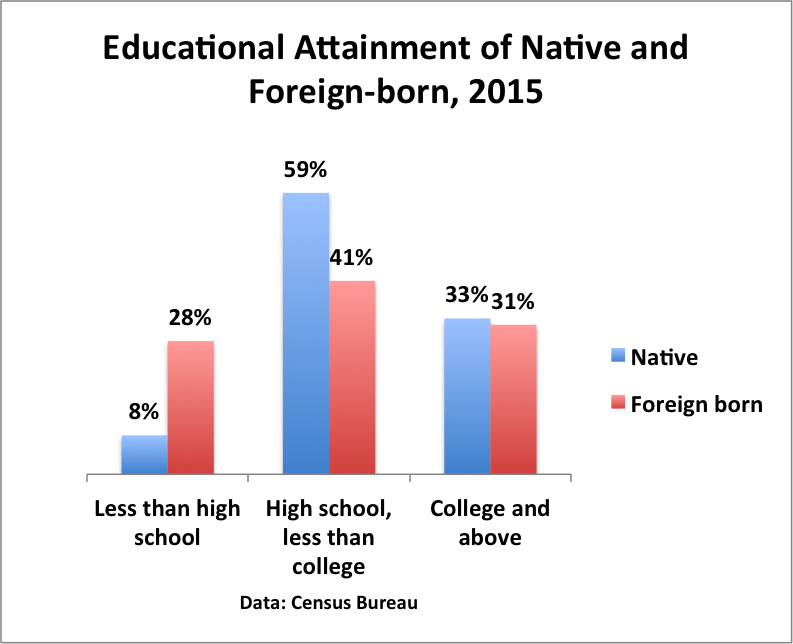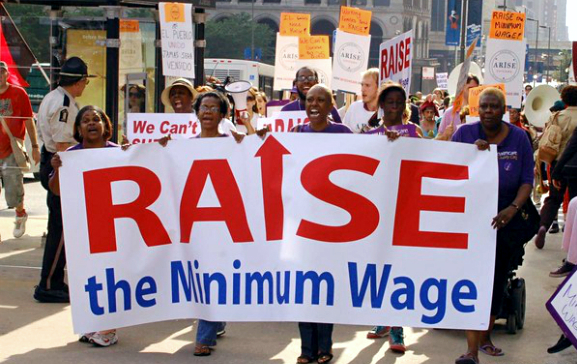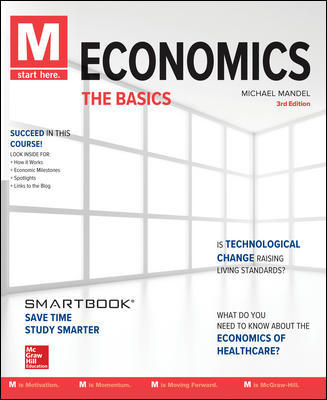November 2016:
Immigration was a hot issue in the 2016 presidential campaign. President-elect Donald Trump promised to build a wall between Mexico and the United States to reduce the number of illegal immigrants, as well as to reform the system of legal immigration. Here are some of the arguments he made, in an August 2016 speech.
….we have to listen to the concerns that working people have over the record pace of immigration and its impact on their jobs, wages, housing, schools, tax bills, and living conditions. These are valid concerns, expressed by decent and patriotic citizens from all backgrounds.
….While there are many illegal immigrants in our country who are good people, this doesn’t change the fact that most illegal immigrants are lower-skilled workers with less education who compete directly against vulnerable American workers, and that these illegal workers draw much more out from the system than they will ever pay in.
….On day one, we will begin working on an impenetrable physical wall on the southern border. We will use the best technology, including above-and below-ground sensors, towers, aerial surveillance and manpower to supplement the wall, find and dislocate tunnels, and keep out the criminal cartels, and Mexico will pay for the wall.
….Within just a few years immigration as a share of national population is set to break all historical records. The time has come for a new immigration commission to develop a new set of reforms to our legal immigration system in order to achieve the following goals:
· To keep immigration levels, measured by population share, within historical norms
· To select immigrants based on their likelihood of success in U.S. society, and their ability to be financially self-sufficient. We need a system that serves our needs – remember, it’s America First.
Let’s look at some of the economics of immigration. First, President-elect Trump is correct about the magnitude of immigration. As the chart below shows, the share of immigrants in the population is getting close to an all-time high, and will continue to climb. According to the Census Bureau, the United States gained roughly 1 million new residents in the past year from international migration–that’s the size of San Jose, which is the 10th largest city in the country.

So what are the effects of this surge of immigrants on the economy? On the one hand, immigrants increase the supply of labor, shifting the supply curve of labor to the right (supply shift). All other things being equal, this would push down wages.
However, at the same time, immigrants also increase demand for goods and services. Immigrants buy food, homes, cars, televisions, and in general are a potent force for boosting local economies. These forces, in turn, increase the demand for labor, and shift the demand curve for labor to the right as well (demand shift).
So on theoretical grounds, the effect of immigration on overall wages is unclear. Similarly, immigrants increase the demand for public services, such as schools and medical care. But they also pay taxes, including local property taxes, since more than half of immigrant households are homeowners.
But here’s one thing that we know. Immigrants are concentrated among the less educated portion of the population. According to the latest data from the Census Bureau, 28% of the immigrant population has less than a high school population, compared to only 8% of the native-born population. So immigrants are tending to push down wages at the less educated end of the workforce

So what will happen if Trump keeps his promise to select immigrants “based on their likelihood of success in U.S. society”? Most likely, the educational attainment of the immigrant population would rise, and there would be less downward pressure at the lower end of the wage scale.
Note: This textbook-based blog is explicitly non-political. We analyze current events for the beginning economics students without imposing our own views on the topic.
Key Terms
Supply shift: A change in the amount sellers supply at a given price.
Demand shift: A change in the amount buyers want to purchase at a given price.
Review Questions
Review questions for Mandel 2e
Additional Reading
“Immigrants Aren’t Taking Americans’ Jobs, New Study Finds,” New York Times, September 21, 2016





